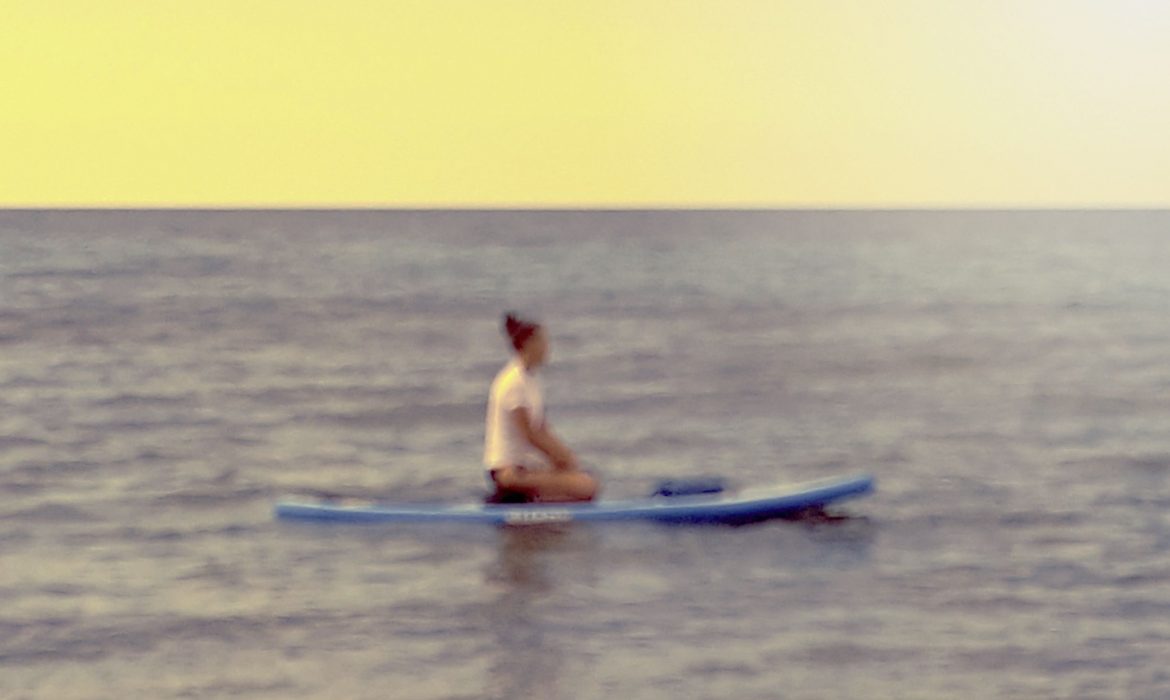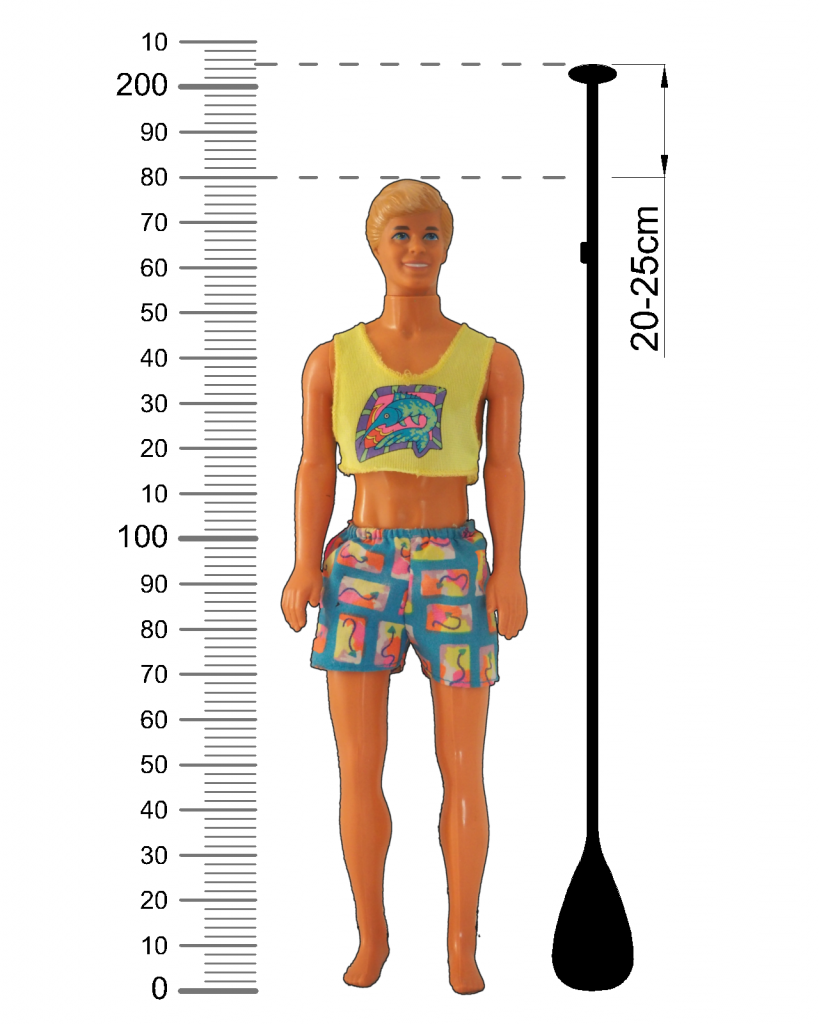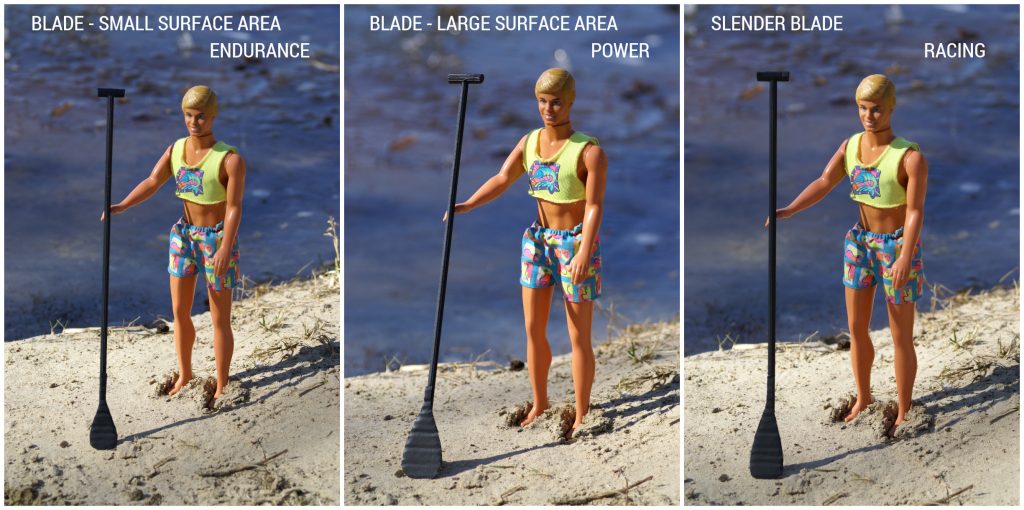The purchase of SUP board should be similar to choosing shoes for woman: a challenge and pleasure. Our choice certainly can’t be based only on color of product or fact that it simply looks nice. We should approach buying it on under careful consideration keeping in view technical criteria, your skills and limitations. It is important to realize what you are going to deal with. The technical support as well as expert advice are essential when buying your first SUP board.
I always search for information, hear opinions, confront experiences before I decide on something new in my life. It was opposite in case of my SUP board. I was so determined to start doing this sport that I just came to the shop ready to buy one. I set a financial limit and asked for something of proper size to be put into my car. Honestly, I don’t know why I behaved in such way at that moment. Just like a princess: I want right here, right now without any discussion. Luckily, it became a real hit which I can’t imagine my life without. But you shouldn’t do that. If you want to be a satisfied user don’t take an example from me, consider everything before you enter a shop.
Ready? Let’s start my advice:
“ How to choose well the first SUP board in 6 steps”
dedicated not only to women…
Step 1 Inflatable or solid board
Rookies should focus on a practical aspect of a board – transport. The inflatable boards, in contrast solid (hard) one, can be easily transported in a small car or any kind of public transport which can be folded to a backpack size. Believe me pumping/deflating SUP is not problematic at all and it takes 5 – 10 minutes, that is about the same as taking off/putting on a solid board from/to a car rack to which you may need another person if you are tiny. I would advise to treat pumping SUP as a warmup before floating (remark for those who are afraid of pumping SUP).
Inflatable SUPs are made of several layers of PVC making them resistant to damages (e.g. wiping) and “dropstitch” technology, which combines the bottom and deck with a dense network of polyester tensile filament, allows you to:
- safely pump,
- keep the shape of the board during long term use,
- get sufficient hardness (inflated to 15 psi guarantees a good board stiffness).
Hard boards are built from polystyrene foam in several layers of laminates (e.g. epoxide resin, fiberglass). This is a “must have” of every demanding and experienced surfer who appreciates the structural value providing the best stiffness, speed and maneuverability. This type works best on waves. Disadvantages: problematic transport and storage, susceptibility of spattering or scratching surface – especially when falling from a height on land (hard surface).
Step 2 The purpose of SUP board
You are even not aware how many ways of recreation on SUP producers provide. It seems to me that in their ideas they are ahead of client’s needs in order to adapt the offer to the widest possible group of recipients. Models of SUP boards available on the market allow us to:
- leisurely, recreational floating – individual board,
- leisurely, recreational floating – multi-person board,
- fitness exercises,
- yoga poses,
- surfing on waves,
- windsurfing,
- rafting,
- canoeing,
- fishing,
- racing – individual board,
- racing – dragon board.
Surprised? Good ! It’s nice to have a choice, isn’t it?
Step 3 Where to SUP
Take a look around the area you live, check places where you can SUP. There is no problem in taking a trip to explore a potential locations to practise this sport. Lake or river not always has a beach or free access to bank which lets you prepare a board to float and safe entry on the water.
Living in neighborhood of water, which is not far away that you can reach at any free time including afternoons, is an advantage of use the equipment effectively. However, distance means need of transport to the place and spend most of your day floating. You have better opportunities during weekends. Consider how much spare time you have.
I’m lucky to live close to lakes and rivers. It takes about 15 – 30 minutes by car to get to the water. I float whenever I feel like doing it in any moment of a day (late afternoons too).
I take a day trip or few days excursion to the Baltic Sea when I want to surf on waves, because of distance of 100km.
As you have already noticed I have opportunity to paddle on lakes, rivers and sea. My allround SUP board type, which was bought by me almost a year ago, is universally enough for great floating on lakes as well as sea waves. It is multifunctional – I can sunbathe on it, do fitness exercises, amateur surf on waves – it’s big enough for recreational floating with a luggage which I usually take with me on distance trips on waterways.
You should know that not each SUP board is suitable to be used everywhere.
There are 4 types of boards out there depending on where you are going to paddle:
 race – it is formula 1 among boards, created to achieve high speeds. For those who want to be fast. This type is dedicated rather to professionals. Such boards are narrow (up to 30 “= 76 cm) and long which makes them unstable, difficult to maneuver. Proper for flat water.
race – it is formula 1 among boards, created to achieve high speeds. For those who want to be fast. This type is dedicated rather to professionals. Such boards are narrow (up to 30 “= 76 cm) and long which makes them unstable, difficult to maneuver. Proper for flat water.
 designed to people enjoying long journeys on calm, waves free water. This type is wider and slightly shorter than racing boards making them more stable and easier to manage.
designed to people enjoying long journeys on calm, waves free water. This type is wider and slightly shorter than racing boards making them more stable and easier to manage.
 for everything. Boards are wide enough (up 30 “= 76 cm to 35” = 89 cm) and long enough to do other forms of activity on them (e.g. yoga, fitness, surfing on small waves). This type allows you to float practically everywhere: lakes, rivers with calm currents, sea.
for everything. Boards are wide enough (up 30 “= 76 cm to 35” = 89 cm) and long enough to do other forms of activity on them (e.g. yoga, fitness, surfing on small waves). This type allows you to float practically everywhere: lakes, rivers with calm currents, sea.

designed exclusively for surfing on waves. That type SUP-s are usually short and have smaller displacement. Characterized by: dynamics, ease to control.
Step 4 With and what on a board
The last step before choosing the size of SUP is to estimate the maximum weight which could go on a board. The weight of people and/or things additionally taken on a board should be added to surfer’s weight. Therefore it is you to decide if you are the only SUP user or share your equipment with somebody else. Think about whether you want to float alone on a board (individually) or with a dog, children or friends together. Excluding the weight of luggage will not have so much impact on the choice of SUP size as opposing the weight of additional user on board. Explaining it in more engineering way the case is as follows:
Mf = Msurf + ∑Mextra
Mf – the final load on SUP, in [kg]
Msurf – surfer’s weight, [kg]
∑Mextra – the sum of additional weights being taken on the board, e.g. weight of a dog, child, sister, husband, luggage and what /who else you want to float with, [kg]
Do you need an example?
A woman weighted Msurf = 60 kg would like to SUP with child weighted Mextra_1 = 30 kg and backpack Mextra_2 = 10 kg. The final load on the board is: Mf = 60 + 30 + 10 = 100 kg.
Everything clear? Feel invited to another step.
Step 5 The selection of SUP board
You may achieve the last step which is choosing a size of a board after deciding of your needs, requirements of using it in places. Apart of going through the previous 4 steps by yourself, this one requires a help of a professional. Read the rules of choosing a size of SUP at first, before you go to the shop.
A SUP board is characterized by parameters: width, thickness and length. And those determine it’s buoyancy – amount of water which is replaced by a board, expressed in liters [l]. The heavier the user (or user + additional weight) is, the larger volume a board should have. You should remember that a board with higher buoyancy guarantees better stability and – in consequence – allows the beginner surfer to keep the balance, feel confident and comfortable on it. On the other hand, maneuvering can be not so easy.
We need to determine capacity and width of a board. The capacity of SUP is defined on the total weight resting on it. Consequently, I am quoting the following formula below. Hopefully, this is the last one:
V = Mf x n
V – volume (capacity) of a board, expressed in liters [l]
Mf – total weight on a board, expressed in [kg], see step 4
n – a factor depending on the user’s level of advancement
n = 2 for beginners
n = 1.7 for intermediate
n = 1.3 for advanced
According to above, we assume the multiplier n = 2 for beginner surfer, hence the formula takes the form:
V = Mf x 2
Please stop complaining it is pure mathematics… If you don’t understand anything just ask…
I would rather advise to avoid narrow SUPs, i.e. under 30 “wide (76cm), for all those who start doing this sport. You can easily become discouraged by starting to learn on an unstable board. The heavier user is, the wider SUP should be. However, don’t exaggerate this parameter, too wide will affect negatively on paddling comfort and make maneuvering difficult.
Step 6 The paddle
You can’t forget about a paddle while choosing SUP board, the element necessary for this sport.
The stiffness and lightness are the crucial parameters while choosing a paddle. We don’t want this thing to bend like a straw under the influence of effort we put on during paddling or to feel discomfort and discouragement of SUP with too heavy paddle.
The paddles made of aluminum are the most frequently chosen. They are characterized by durability and good stiffness. Suitable for the first SUP paddle. It is the cheapest solution on the market. They are not the lightest ones, so are not suitable to cover longer distances on the board.
The most desirable are carbon paddles dedicated to both professionals and beginners. These are the stiffest and lightest paddles available on the market. Unfortunately you have to pay more for this luxury. What is more, be careful in use because they are prone to damages.
The rule of choosing the height (length) of a paddle is very simple: it should be longer 20 – 25 cm than the user’s height.
You can choose one-piece, two- and three-piece paddles. One-piece paddles are characterized by the best stiffness. Unfortunately troublesome in transport.
It is better to use variable length paddle at the beginning what allows you to adjust the length, which is impossible when you have one-piece one. The practical advantage of adjustable paddles is the ease of transport and storage. The disadvantage of “telescopic” ones is lower stiffness. The more joints a paddle has, the less stiffer it is. Therefore, it is better to buy a two-part paddle than a three-part one. If we have limited transport possibilities, the best solution will be a three-part paddle that can be easily stored even in a backpack.
The blade’s size of the paddle must be chosen too. It is the part of the paddle which is plunged in water. We will obtain faster speeds by choosing those with a large surface. Perfect for short distances, wrestling on waves where speed counts and effective use of surfer’s muscles strength are needed.
The less power is generated by paddles with smaller surface: we float slower with less effort. The ease of user’s movements allows for better forces distribution during long distance trips. Recommended for children, women, light weight people and those who prefer paddling comfort over speed.
I would like to finish today’s advice with a summary. I think it is necessary due to the topic’s complex. I hope I didn’t bore you and you manage to come to the end of it.
6 steps completed? Great! Now you are ready to buy the first SUP board.
At this point I would like to thank my lovely assistant. Ken, you are perfect as a model!
THE SUMMARY
- Choose a SUP board model according to your needs and capabilities.
- Beginner paddles should buy a wider board (at least 30 “= 76cm) which ensures stability and ability to float on any water area. Choose universal board (allround type) at the beginning of your adventure with this sport. You will be able to test it in all conditions. Thanks to this, you get to know whether the style of floating is suitable for you, because you may want to replace the board with a faster model race or experience extreme moments surfing on waves.
- Entering an advanced level, i.e. SUP-ping on a race/wave boards, should take place only after the basic level has been completed. Never in reverse. We never start learning to drive Ferrari, right? Learn to SUP on wider board first. Set yourself achievable target and check yourself on narrower, faster models when you feel stable and floating becomes boring to you.
- Inflatable boards are very popular. Are easy to transport and store. Are not stiff as hard ones. They are very comfortable being pumped to 15 psi. I experienced it personally, the “collapse” effect of the user during paddling does not occur. Avoid boards with maximum pressure to 13 psi only.
- SUP paddles should be stiff and light. Selected properly will protects you not only against work efficiency loss (less paddle stiffness = energy loss = lower speed of board) but also you will avoid muscle overloads and injuries. Adjustable paddle is a good option to let you get the right length and avoid trouble in transport.
- Don’t buy too expensive equipment. There is a risk that you won’t find yourself in this sport.
- Don’t be afraid to ask. Advice and technical support will protect you from an unsuccessful purchase.



